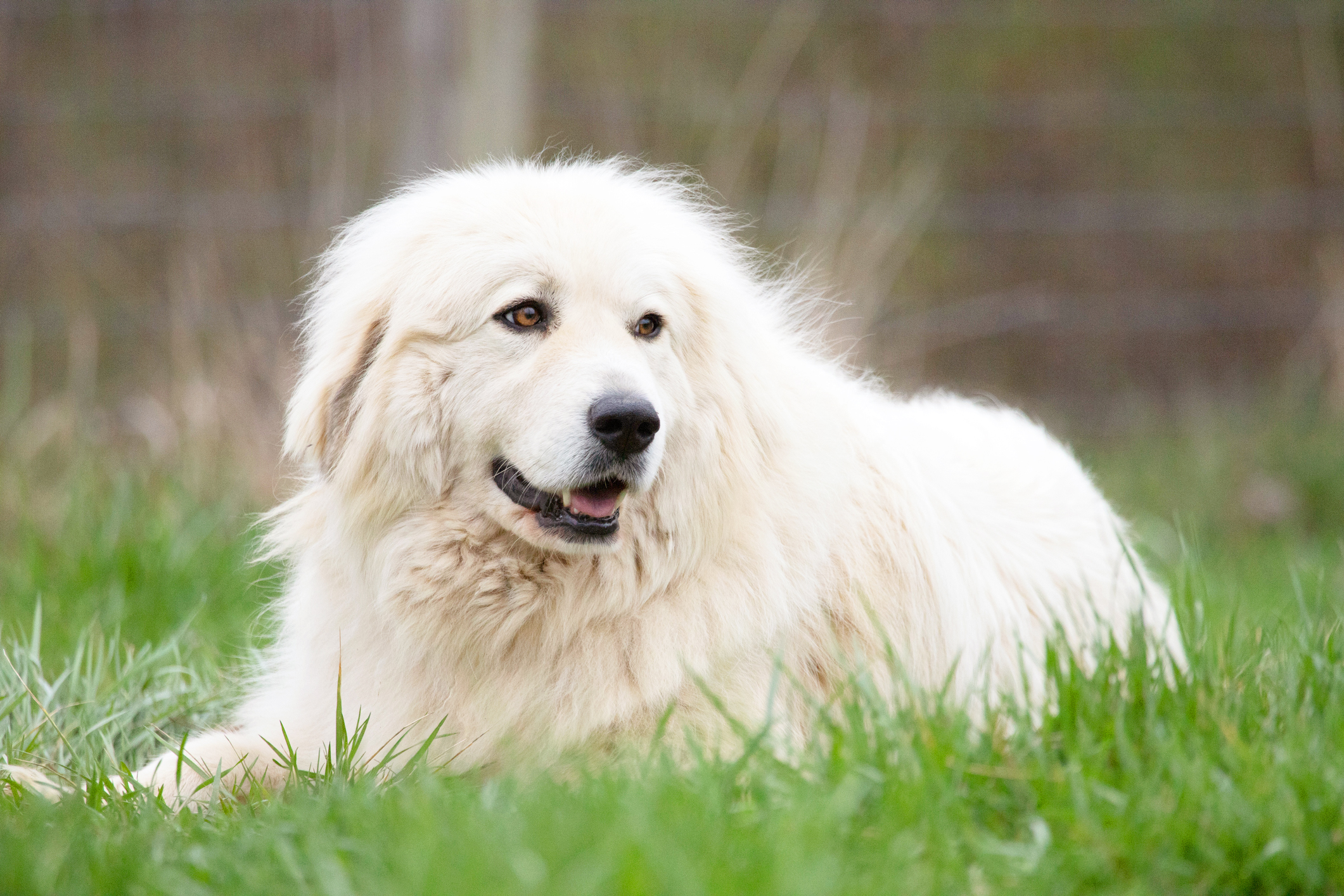A brief introduction Dog Breeds of the Pyrenees
The Great Pyrenees is a massive, thickly covered, and extremely powerful working dog designed to keep wolves and other predators away from sheep on icy mountaintops. Pyrs are now gentle companions and zealous guardians of home and family.
Introduction
A Quick Overview of the Pyrenees:
The Great Pyrenees, also known as the Pyrenean Mountain Dog or simply the Pyrenees, is a large, majestic breed known for its protective nature, striking appearance, and fierce loyalty. These dogs originated in the Pyrenees Mountains of France. They were originally developed to protect livestock in harsh alpine conditions. They are now valued as both working dogs and beloved pets.
Popularity Reasons:
The Great Pyrenees have grown in popularity for a variety of reasons, including:
Guardian Instinct: Their natural protective instinct makes them excellent guardians for both humans and animals.
Gentle and calm: Despite their size, they are gentle and calm, especially around those they consider to be members of their "flock."
They have strong bonds with their families, which makes them devoted and caring companions.
Beautiful Appearance: They have a thick double coat, a graceful stance, and distinctive markings that make them a stunning sight.
History
Breeding History:
The Great Pyrenees were bred in the French Pyrenees Mountains to protect livestock from wolves and bears. Their thick coats and intimidating appearance aided them in their duties as guardians.
Distinctive Characteristics of Other Great Pyrenees Breeds:
In this category, there are no distinct "breeds." However, genetic differences in coat color and markings can occur.
Characteristics
Physical Description:
Great Pyrenees are large, powerful dogs with a thick double coat that keeps them warm in the winter. Their coat is mostly white, with gray, tan, or badger-colored spots.
Personality Characteristics:
They are known for being kind and caring, especially to their families and those they care about.
Temperament:
The Great Pyrenees are calm and collected, but they are also watchful and alert. They are typically well-behaved and thrive in homes where they are taught how to interact with others.
Size:
Its shoulder height is typically between 25 and 32 inches (63 and 81 cm).
Weight:
Males are larger than females and weigh between 38 and 73 kg (85 to 160 lb).
Lifespan:
The average lifespan of a Great Pyrenee is 10 to 12 years.
Socialization and education
The Importance of Early Education and Socialization:
Early training and socialization are critical for preventing behavioral issues and ensuring that their instinct to protect is used appropriately.
Methods of Training Suggestions:
Positive reinforcement training methods work well with Great Pyrenees. They respond well to praise, treats, and clear instructions.
Common Behavioral Problems and How to Solve Them:
Great Pyrenees can be stubborn and independent at times. When children are taught from the beginning, they are less likely to do these things. Their desire to protect them may cause them to bark, which can be reduced by training and allowing them to meet new people.
Maintenance and upkeep
Common Illnesses and Symptoms:
Hip dysplasia and bloat are common health issues in Great Pyrenees. They must visit the veterinarian on a regular basis to monitor their overall health.
Food requirements:
To stay healthy, they must consume a well-balanced diet that provides them with all of the nutrients they require.
Exercise Prerequisites:
Despite the fact that they are not high-energy dogs, they require regular exercise to keep their bodies and minds active.
Hygiene and grooming:
Their thick coat requires frequent brushing to keep it from becoming tangled, especially when they are shedding. Cutting their nails, cleaning their ears, and brushing their teeth are also important parts of their grooming routine.
Reproduction and breeding:
When dogs are bred responsibly, their health and well-being, as well as the health and well-being of their puppies, come first. Ethical breeders prioritize the traits of the breed and try to avoid health problems as much as possible.
Where to Purchase and Adopt:
Reputable breeders who are concerned about their dogs' health and behavior are suggested. When dogs in need are adopted from shelters and rescue organizations, they are placed in loving homes.
The Media Coverage of the Pyrenees
Famous Great Pyrenees include:
Even though they aren't as well-known as some other breeds, they do appear on occasion in books and movies.
How the Pyrenees are depicted in films and television:
These dogs have frequently been portrayed as loyal and protective characters in films and television shows.
Representation in the Media:
Despite the fact that they are not as common as some other breeds, they are sometimes portrayed as beautiful and loyal pets.
Conclusion
Finally, they are popular because they are attractive, friendly, and have a natural instinct to protect. They provide a sense of safety and love to those who live with them as both guardians and family members. The Great Pyrenees, with the proper training, care, and socialization, can be a wonderful and loyal friend with the spirit of a true guardian.
source https://dogcareguidetip.blogspot.com/2023/09/great-pyrenees-dog-breeds.html


إرسال تعليق